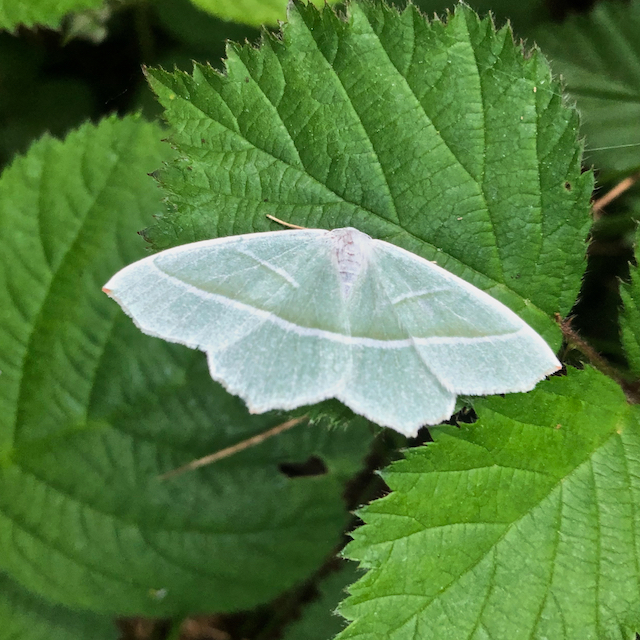Mothing......
There are several hundred moth species in the UK and I am not much good at identifying more than a handful without thumbing my way through field guides but I do like to run my moth trap in Crow Wood every now and then to see what's about. The last time I did it I managed to find a name for over thirty species. A moth trap is basically just a very bright light which attracts the moths and then has a place for them to hide (usually egg boxes) when they get inside and from where they can be careful lifted out and identified. I am so slow at this I use my smartphone to make a record so I can release the moths again quickly and thumb through books later.
As I was staying in the wood on Tuesday night I decided to run the trap overnight. As expected the night produced a good haul and here are some of the highlights:
As I was staying in the wood on Tuesday night I decided to run the trap overnight. As expected the night produced a good haul and here are some of the highlights:
 |
| A Light Emerald |
 |
| A Lesser Swallowtail (yes, there is a Greater version too) |
 |
| A Common Swift |
 |
| The trap attracted a lot of these Buff Tips and several Pale Tussocks |
 |
| A Treble Lines (good name !) |
 |
| A Green Carpet and a Buff Ermine |
 |
| `The is not a moth at all but a May Bug or Cockchafer, a species of beetle |



Comments
Post a Comment
Thank you for your comments: